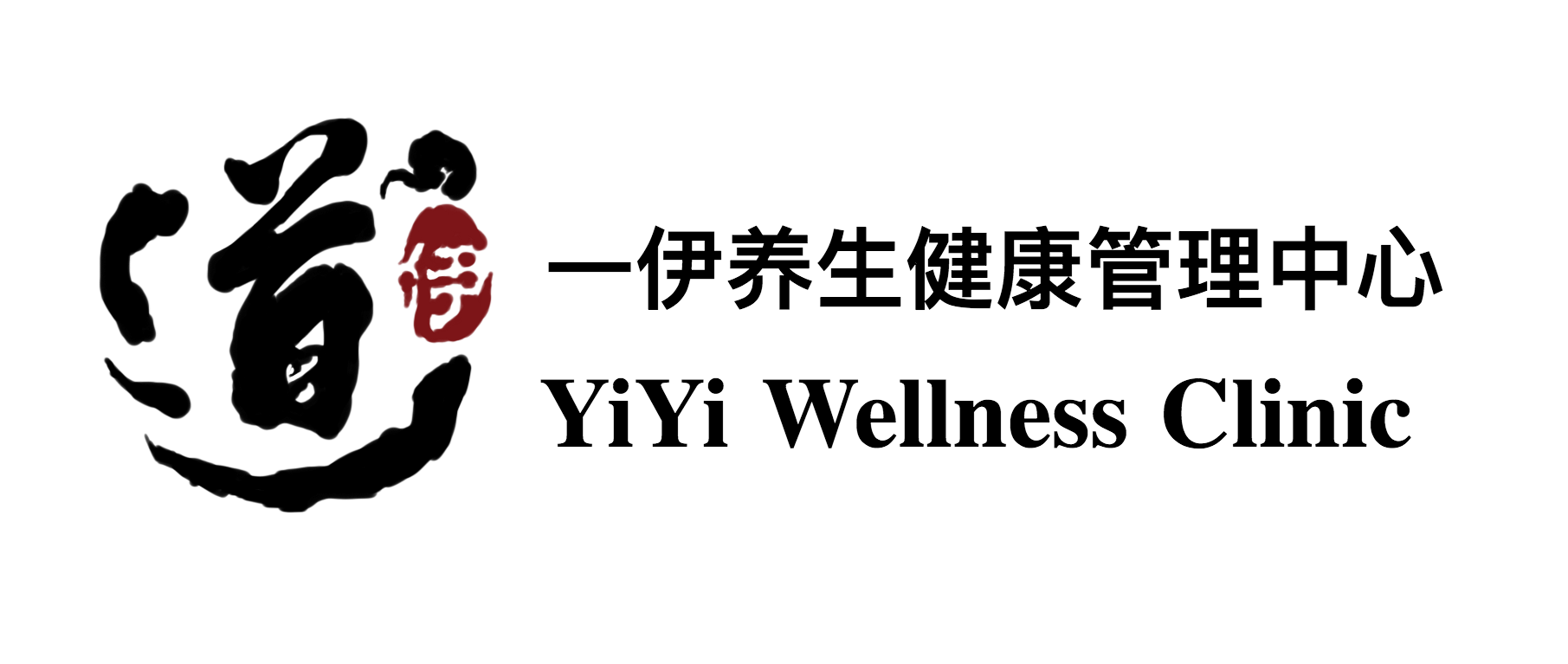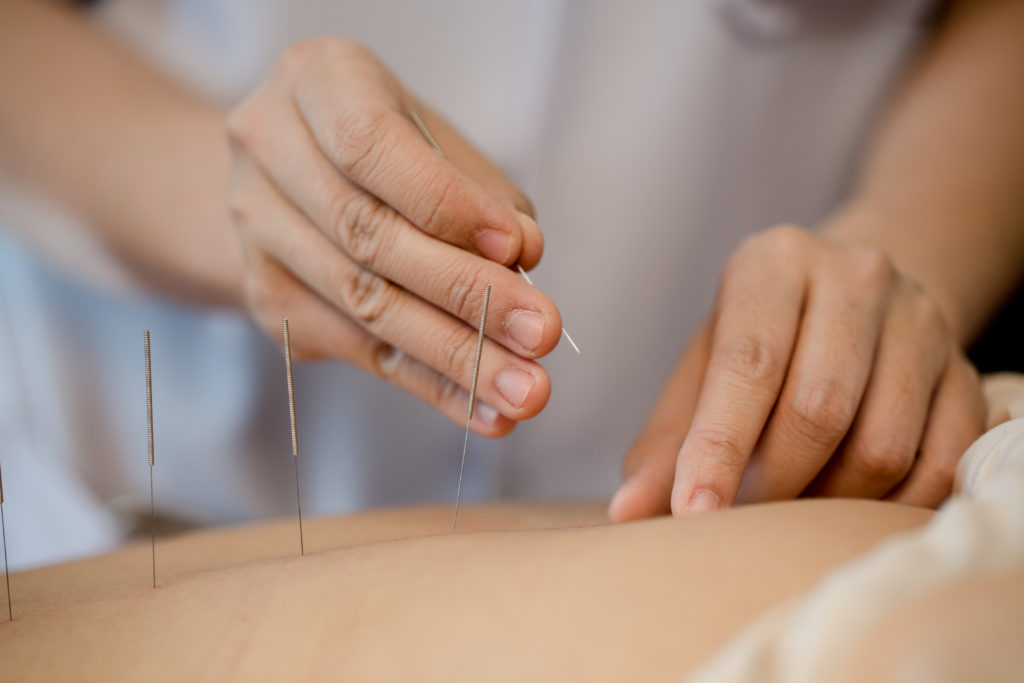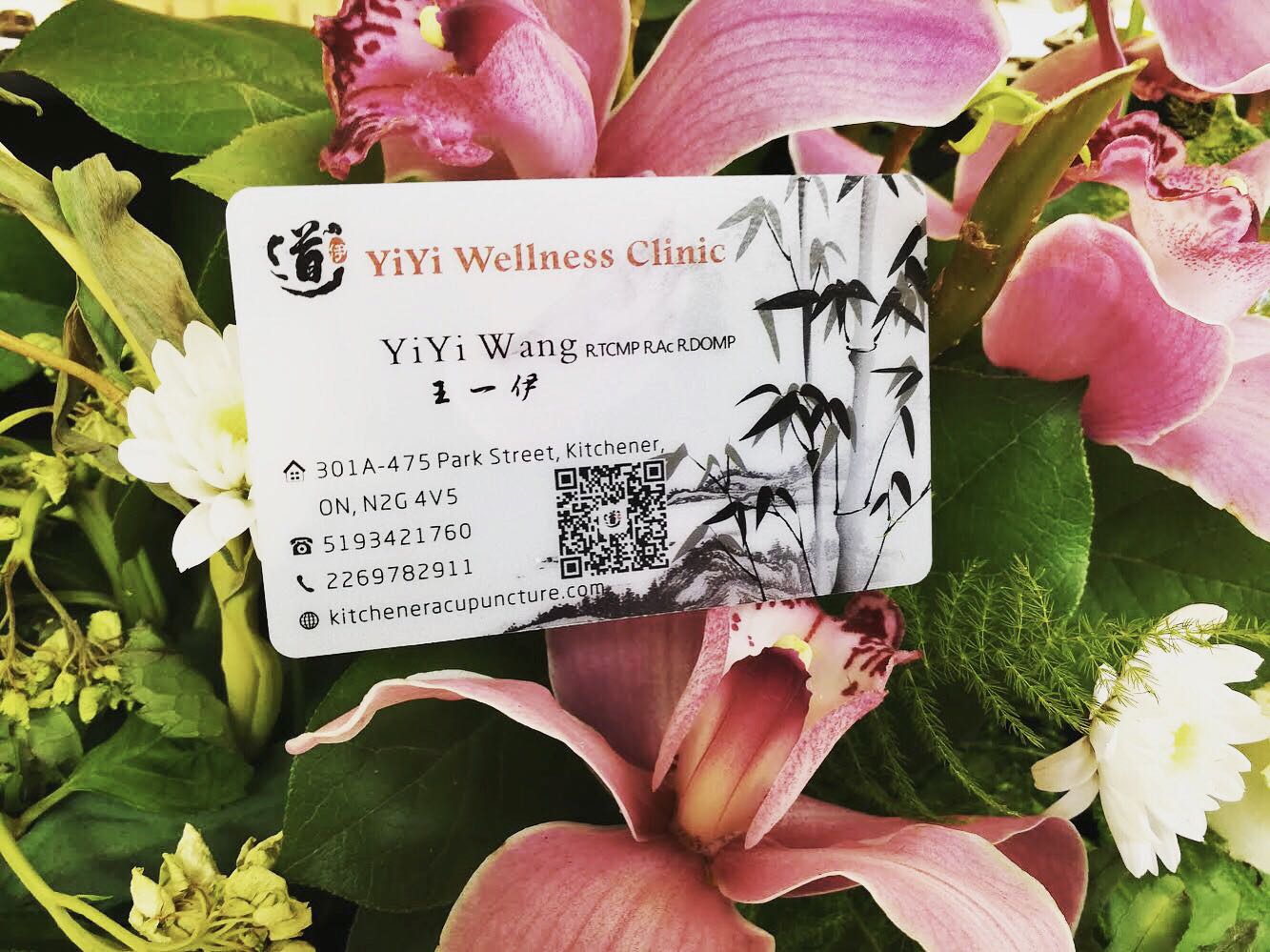Acupuncture is the insertion of thin needles into the skin. for the majority of cases, the needles will be left in place for ten to twenty minutes. It can be associated with the application of heat, pressure, or laser light.The most common mechanism of stimulation of acupuncture points employs penetration of the skin by thin metal needles, which are manipulated manually or the needle may be further stimulated by electrical stimulation (electroacupuncture). After the needle is inserted, there is occasionally a dull ache at the base of the needle that then subsides. Acupuncture is usually relatively painless.Sometimes the needles are heated or stimulated with electricity after insertion.The needles will stay in place for between 5 and 30 minutes.The number of treatments needed depend on the individual. A person with a chronic condition may need one to two treatments a week over several months. An acute problem normally improves after 8 to 12 sessions.
The conclusions of many trials and numerous systematic reviews of acupuncture are largely inconsistent, which suggests that it is not effective. the effects of acupuncture divides into short-term and long-term efficiency. short-term effects is focus on pain relief. long-term benefits includes strengthen muscles and body constitution. The evidence suggests that short-term treatment with acupuncture does not produce long-term benefits.
Needles
Acupuncture needles are typically made of stainless steel, making them flexible and preventing them from rusting or breaking. Needles are usually disposed of after each use to prevent contamination. Reusable needles when used should be sterilized between applications. Needles vary in length between 13 to 130 millimetres (0.51 to 5.12 in), with shorter needles used near the face and eyes, and longer needles in areas with thicker tissues; needle diameters vary from 0.16 mm (0.006 in) to 0.46 mm (0.018 in), with thicker needles used on more robust patients. Thinner needles may be flexible and require tubes for insertion. The tip of the needle should not be made too sharp to prevent breakage, although blunt needles cause more pain.
Uses
Research carried out in Germany has shown that acupuncture may help relieve tension headaches and migraines.
The NCCIH note that it has been proven to help in cases of:
- low back pain
- neck pain
- osteoarthritis
- knee pain
- headache and migraine
They list additional disorders that may benefit from acupuncture, but which require further scientific confirmation.
In 2003, the World Health Organization (WHO) listed a number of conditions in which they say acupuncture has been proven effective.
These include:
- high and low blood pressure
- chemotherapy-induced nausea and vomiting
- some gastric conditions, including peptic ulcer
- painful periods
- dysentery
- allergic rhinitis
- facial pain
- morning sickness
- rheumatoid arthritis
- sprains
- tennis elbow
- sciatica
- dental pain
- reducing the risk of stroke
- inducing labor
Other conditions for which the WHO say that acupuncture may help but more evidence is needed include:
- fibromyalgia
- neuralgia
- post-operative convalescence
- substance, tobaccor and alcohol dependence
- spine pain
- stiff neck
- vascular dementia
- whooping cough, or pertussis
- Tourette syndrome
The WHO also suggest that it may help treat a number of infections, including some urinary tract infections and epidemic hemorrhagic fever. They point out, however, that “only national health authorities can determine the diseases, symptoms, and conditions for which acupuncture treatment can be recommended.”
The number of treatments varies based on the difference of individuals, nature of the problems, and duration they have had the issue.


